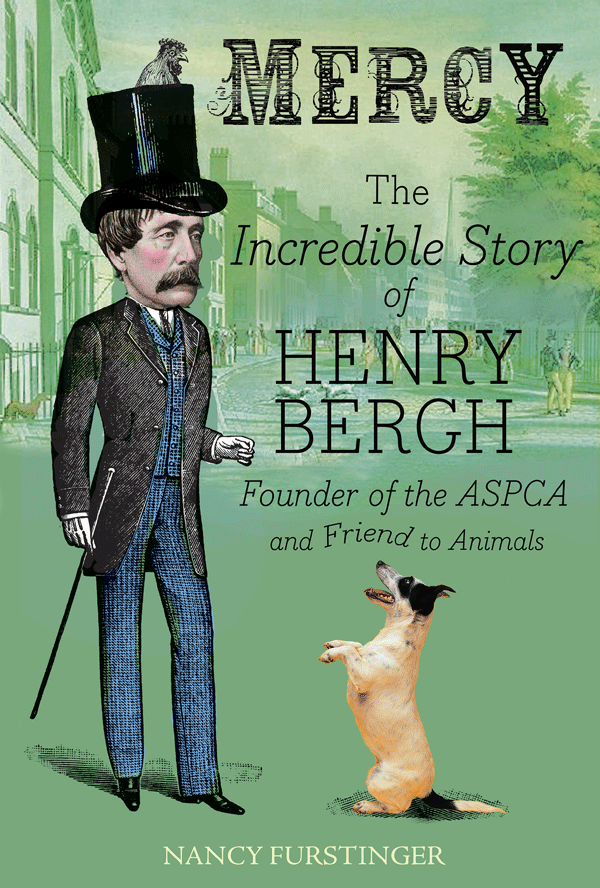As part of our series ‘Voices for Animals over the Years’ in this article we profile Henry Bergh, the founder of the American Society for the Protection of Animals.
Henry Bergh (August 29, 1811-March 12, 1888) was the founder of the American Society for the Prevention of Cruelty to Animals (ASPCA) and was also involved in founding the American Society for the Prevention of Cruelty to Children. Bergh was the first to successfully challenge the prevailing view that animals were property with no rights of their own.
Bergh was born to wealth in New York City. His parents were Elizabeth Ivers and Christian Bergh, a ship builder. As a young man he attended Columbia College in New York, but never completed his degree, instead travelling to Europe, where he dabbled in the arts and attempted a career in writing. In 1836 he married Catherine Matilda (née Taylor) and after his father’s death in 1843 he was rich enough to become a man of leisure, and he and his wife moved to Europe, where he wrote several unsuccessful plays.
In 1863 President Abraham Lincoln appointed him to the American Legation at the court of Czar Alexander II in Russia. While in Europe, and particularly in Russia, Bergh witnessed extreme abuse of animals, which was commonplace. At that time life was extremely hard for animals, and they had absolutely no rights or protection. To see the way animals were treated, particularly horses who at that time were the main mode of transport and visible everywhere, made Bergh very sad. While he was in Russia, whenever he noticed a peasant beating his horse he would step between the abuser and the animal, and command that the beating stop at once. In this simple and courageous way he began his journey speaking out for the rights of suffering animals, and encouraging others to do the same.
On his way back to the United States from Russia, Bergh stopped in England where he observed the work of the Royal Society for the Prevention of Cruelty to Animals, and he became determined to form a similar organization in America. Once home he began to talk to people about animals’ rights, enlisting the support of many influential friends. Because of his contacts, people skills and his own money, he was successful in getting the first animal protection laws in America passed. In 1866 he and his supporters formed the Society for the Prevention of Cruelty to Animals, generally known as the SPCA.
The idea that animals had rights was laughable at that time, but Bergh and his followers were passionate. They gave speeches on street corners, raising the awareness of the public, who began to be see that to treat animals cruelly is morally wrong.
Through the fledgling SPCA’s outreach, city dwellers also came to be aware of the suffering, not only of overworked and exploited horses drawing carriages, but also of farmed animals. Out in the country dairy cows were suffering. Many were half-starved, and were living in filthy barns. As a result of their advocacy for dairy cows, Bergh and his followers succeeded in getting regulations passed that dairy cows had to be well fed, and were to be given decent shelter in clean barns.
Bergh fought for the rights of not just horses and cows but also of dogs, sheep, and other animals. He believed that all animals were important, including those on their way to slaughterhouses. An empathetic and caring man, he later extended his concern to abused children, being instrumental in the founding of the Society for the Prevention of Cruelty to Children.
When Bergh died in 1888, he was greatly respected. His life had been devoted to improving the treatment of the most innocent and helpless – animals and children. Today the ASPCA carries on the work of its compassionate founder Henry Bergh, friend of all animals.



